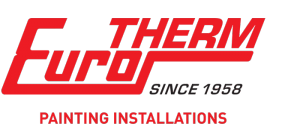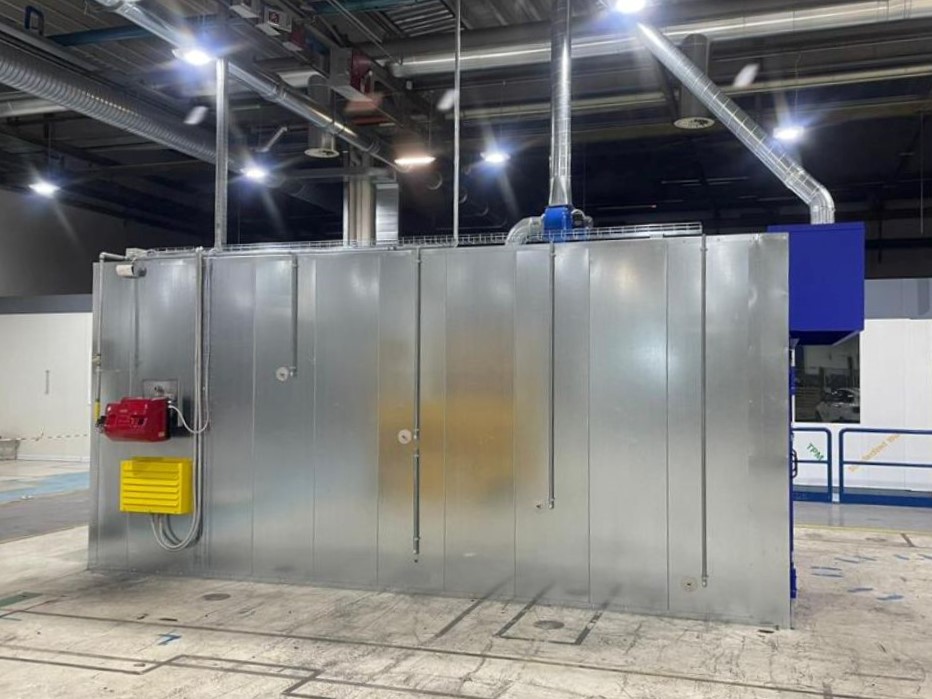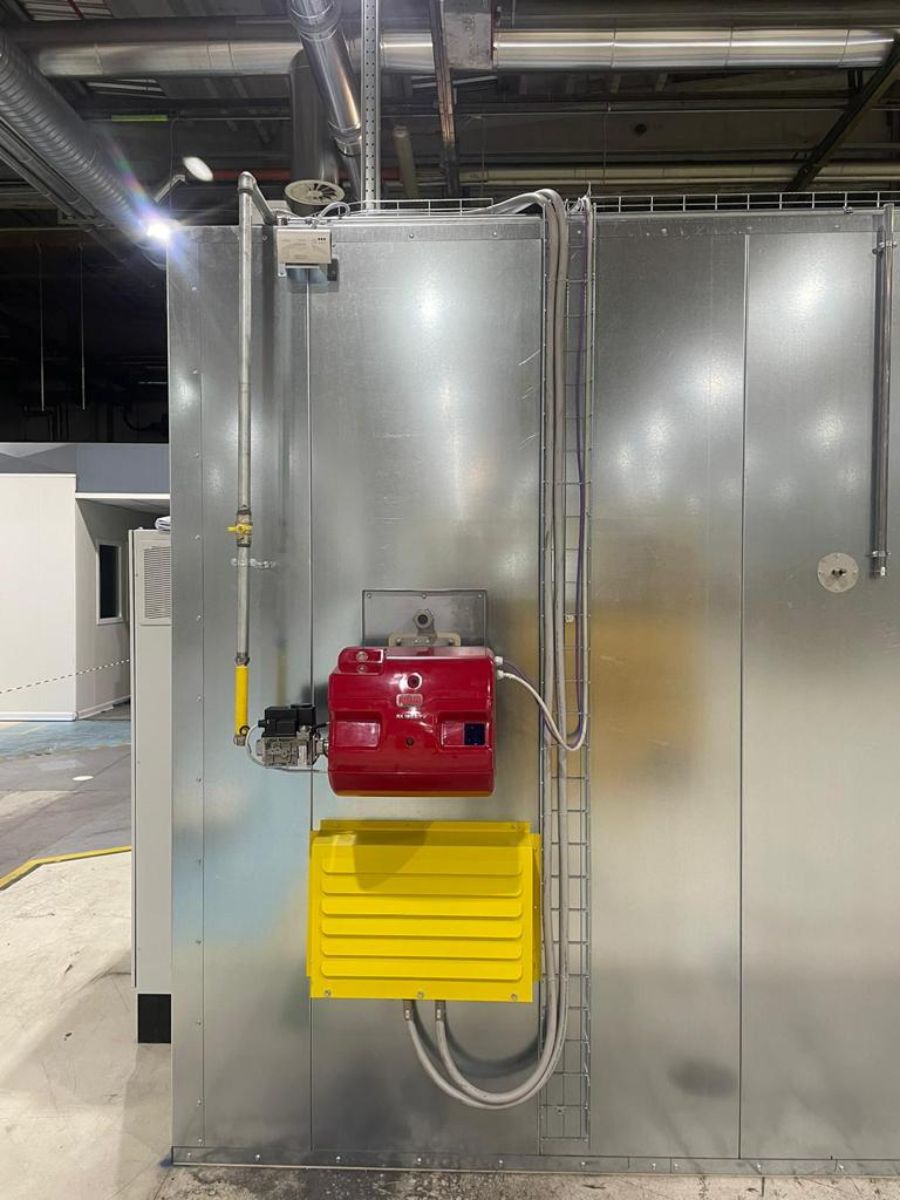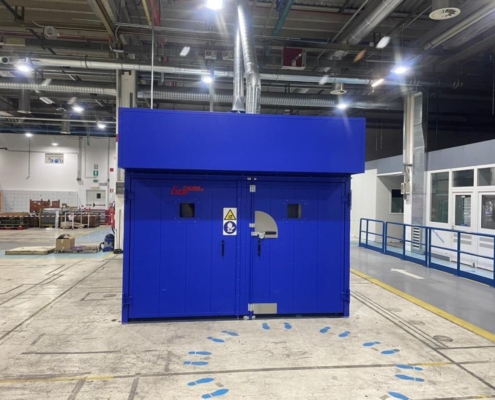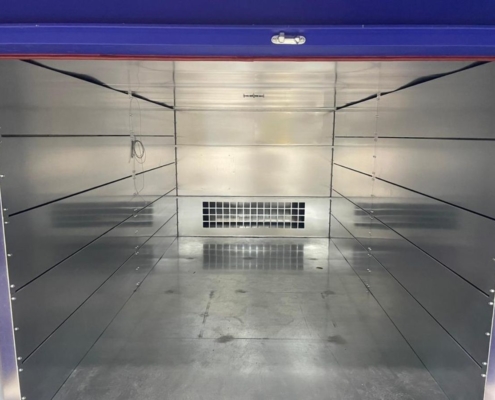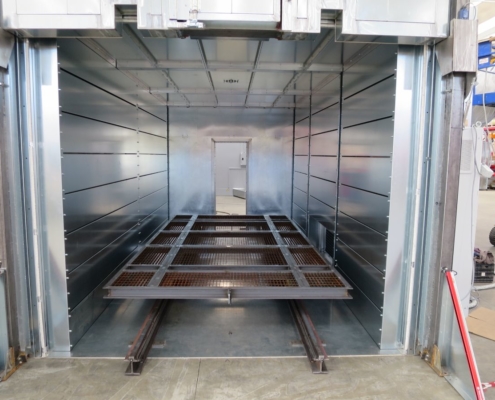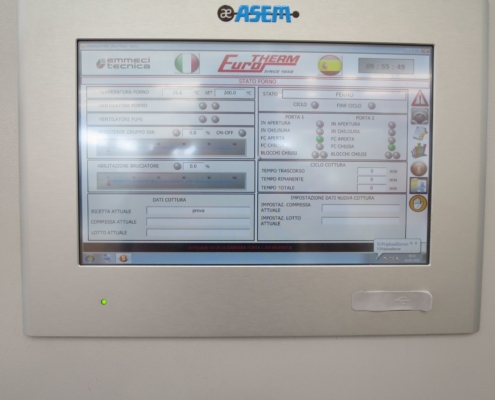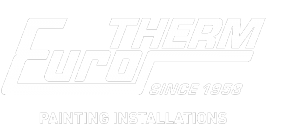Innovation and eco-sustainability are two concepts that forcibly go hand in hand. An environmental, social and economic necessity that results in the reduction of the environmental impact, while simultaneously leading to a reduction in the consumption of production processes.
Recent historical events are leading to a disproportionate increase in the size of the budget item under the cost of energy. The importance of keeping this item under control is now evident, and at Eurotherm, the implementation of energy-efficient coating systems is a priority. Gas-electric hybrid ovens play an increasingly bigger key role in this challenge.
Decarbonization: the industry’s goal for energy-intensive systems
Reducing carbon dioxide emissions is one of the decisive strategic goals for an industry that simultaneously embraces two outcomes:
- Respect for the environment
- Money saving
If the complete decarbonization of the industry seems to be a long-term goal, resource hybridization is as relevant as ever. Indeed, through these tools it’s possible to combine forms of energy production from different sources.
For this reason, even coating systems, known to be highly energy-intensive, have an obligation to pursue this goal. Eurotherm, through its research and development department, has designed state-of-the-art hybridization systems to meet the challenge of containing the industry’s energy costs.
Hybrid ovens for Eurotherm coating systems
One solution that has been brought forward by Eurotherm in recent years is the implementation of hybrid ovens. Within surface treatments, in fact, baking paints inside an oven is certainly to be counted among the operations that most affect the company’s energy expenditure.
Eurotherm technicians have studied a baking solution that combines the two heating systems, gas and electric, within the same device.
Eurotherm has designed the hybrid oven through a methane gas burner in an air vein, to which an electric battery is added, with modulation through static relay. The oven is brought to a temperature of 200°C by exploiting the power of the burner, which is turned off once the temperature has been reached. From this moment, the electric battery comes into operation for the purpose of maintaining the set temperature.
The result is thus obvious: the consumption of methane gas is only limited to when the temperature is reached, while maintaining the heat is guaranteed by electricity.
What’s not to be overlooked: if electricity comes directly from the presence of photovoltaic panels, it will be even cleaner and more cost-effective.
In practical terms, the integration of electrical energy for the operation of the ovens provides a huge advantage in terms of consumption to reduce one of the highest budget items.
Efficiency, flexibility and energy saving are the pillars our research and development of state-of-the-art coating systems is based on, in order to answer (and indeed, anticipate) the problems of the industry.
Eurotherm case studies
- For Autec, a leading French company specializing in the production of snow removal vehicles, we built a new painting system consisting of an overhead conveyor with automatic loading for 3-stage pretreatment. The systems consists of two powder and one liquid painting booths, two hybrid baking ovens, and a final accumulation lung for drying the components.
- For a multinational company in the automotive field that uses aluminum on automotive moldings for heat treatment, we installed in Mexico an oven that is equipped with guillotine doors and part transport conveyor, as well as a second oven placed in Italy. Both furnaces are equipped with 8 temperature probes and graphic recorder each, in order to check the treatment’s temperature homogeneity, as well as to memorize the temperature graphs of the 8 probes of each bake.
